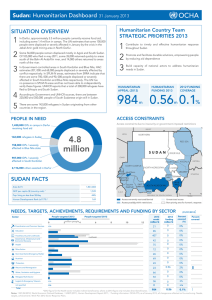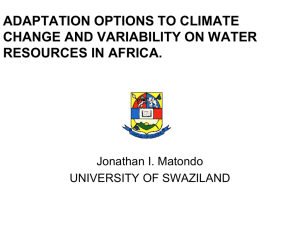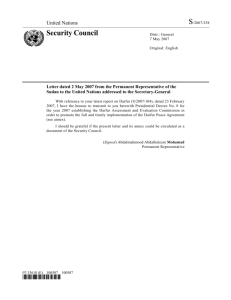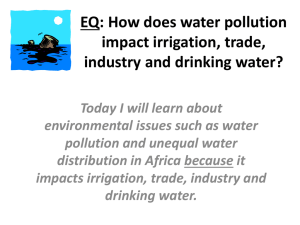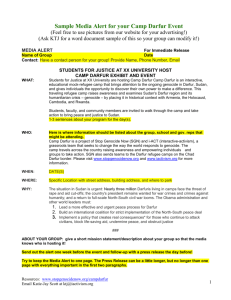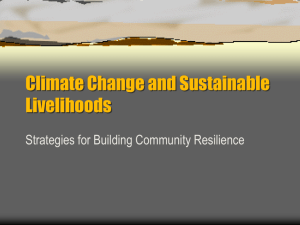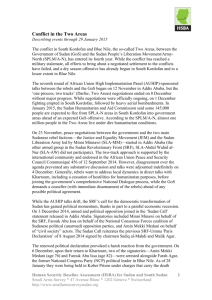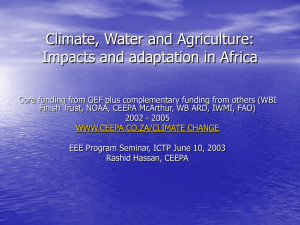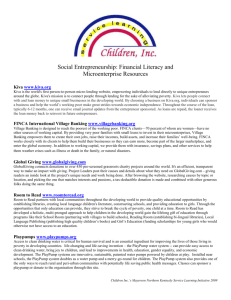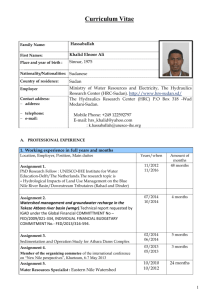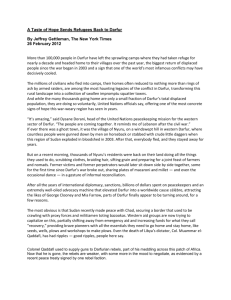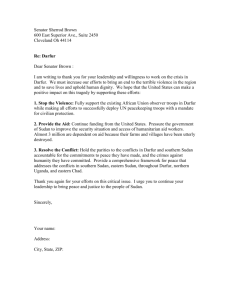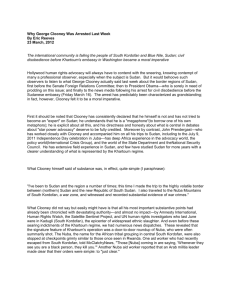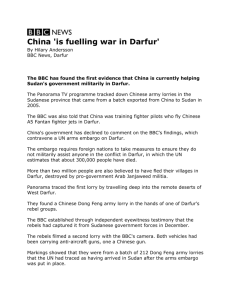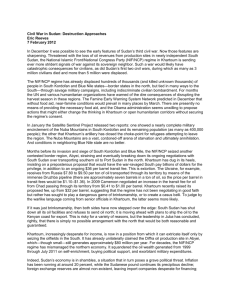Building Resilience in the Agriculture and Water Sectors
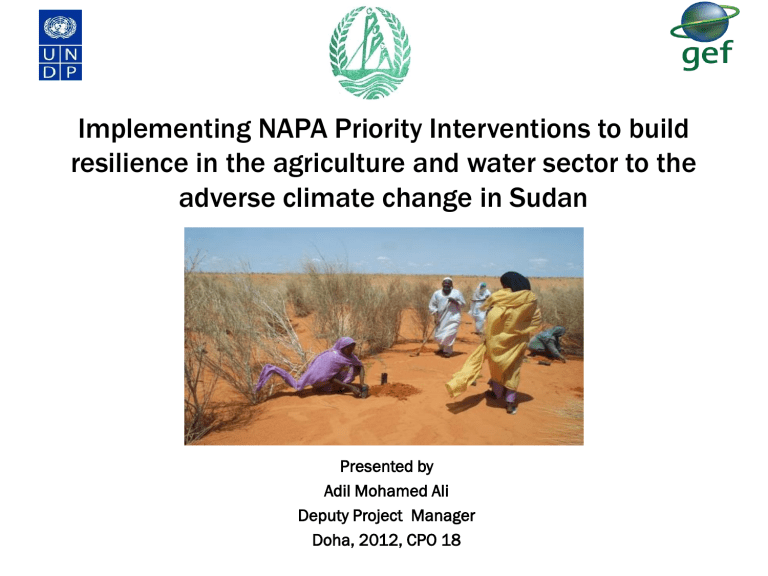
Implementing NAPA Priority Interventions to build resilience in the agriculture and water sector to the adverse climate change in Sudan
Presented by
Adil Mohamed Ali
Deputy Project Manager
Doha, 2012, CPO 18
Sorghum Cultivated in the River Nile state
Project Rationale and Geographic Scope
Sudan is among the most vulnerable countries to Climate Change impacts;
LDCF project covers all main agroecological zones in four states
Prolonged drought cycles, overall acidification and increasing rainfall variability affects farmer and pastoral communities;
CC scenarios confirm the current trends rainfall variability 20 to 60%; projected increase in temp. up to 1.5 C o by 2060;
Addresses NAPA priorities: focuses on improving water availability for farming and pastoral practices; land management and agronomic measures, including improved crop varieties, and provision of evidence-based, extension service and adaptation advisories;
Climate Change in Sudan
Factors of Vulnerability
Land Use Categories
The majority of its land is quite sensitive to changes in temperature and precipitation;
Fragile ecosystems;
Weak infrastructure and economy;
Food security is mainly determined by rainfall;
More than 70% of Sudan population is directly dependent on climate-sensitive resources for their livelihood.
Adaptation Measures
Water Harvesting
• In situ water harvesting through terraces, earth bunds and deep ploughing in Gedarif and South
Darfur led to substantial increase in crop productivity;
Impressive yields of Sorghum after water harvesting and ploughing methods
• Yields increased by 50% -150%;
Benefited 730 households in
Gedarif and 420 households in
South Darfur states.
Adaptation Measures
Bringing water to farmers; improving Irrigation solutions
A Farmer in River Nile state benefiting from pumped water irrigation
• In River Nile & North Kordofan states; water efficient irrigation of crops and shelterbelts was provided using conventional & solar pumps (supporting switching to solar-powered water pumps).
• 317 ha planted with different crops
(20 to 60% increase in productivity) Solar-powered water pumps
Adaptation Measures
Improved Farming Practices
• Early maturing and drought resistant varieties.
A Farmer in South Darfur Harvesting an
Unprecedented Cucumber Crop
• New cash crops (increase in the household incomes in the four states; net profits range between
US$ 1207 for cucumber planters in
South Darfur to US$ 5510 for tomato growers in the River Nile.
Adaptation Measures
Sand Dunes Fixation
The Micro fencing in Ehaimrat Village in Northern
Kordofan
• Micro fencing in 4 villages in
North Kordofan for sand dunes fixation.
• Seedlings are planted inside the fences and tended
(supplementary irrigation during summer – 56 farmers benefit from this);
Role of Women
• Essential roles in adaptation measures;
• Farming, nurseries and tree planting;
• Active participation in committees and sand dunes fixation;
• More than 800 women benefitted from the Project through: Crop cultivation,
Butane gas provision, animal husbandry, restocking and breed improvement;
Women play a pivotal role in increasing the resilience of the communities to climate change and bringing about the change
